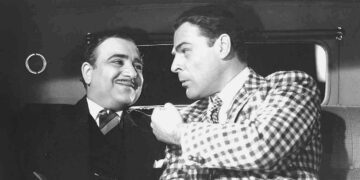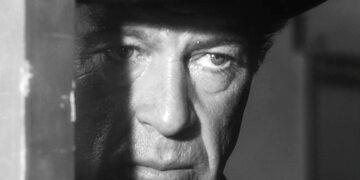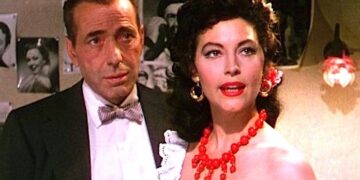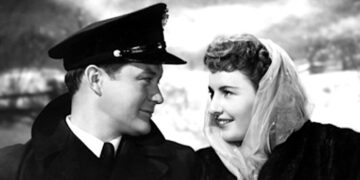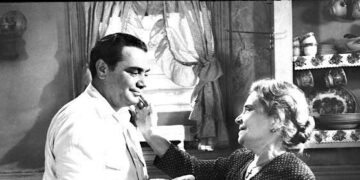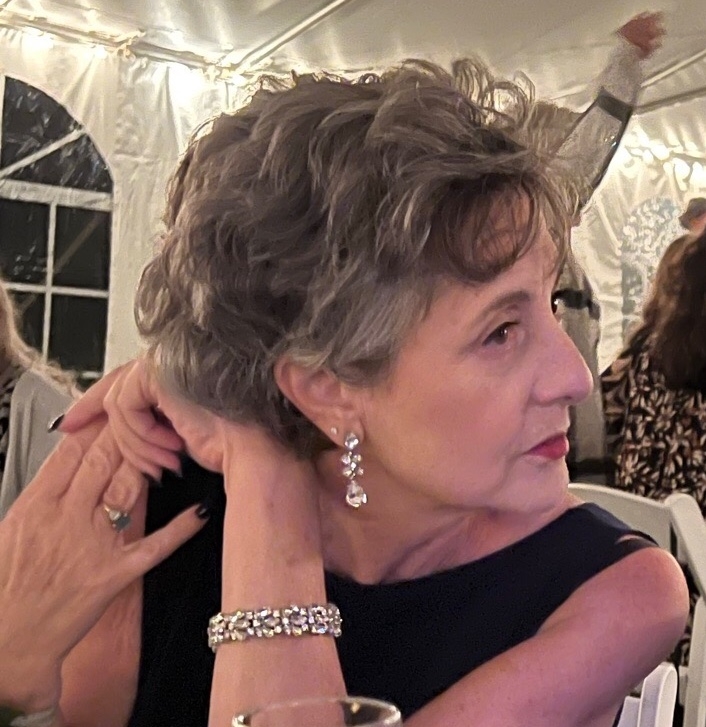
Mildred Pierce (1945) stars Joan Crawford as Mildred, a hard-working, devoted, mother of two who divorces her shiftless, neglectful, husband and seems to be on her way to both financial and personal success as a restauranteur, when it all falls apart. Labeled over the years as a melodrama, a hard-hitting crime story, and now, as a classic film noir, at its core it’s the story of a mother unable to stop herself from doing anything and everything to please her cold-hearted, spoiled daughter, Veda (Ann Blyth) – with deadly consequences.
But it is that line. The one, that at some point, every daughter has wanted to say. The one, that at some point, every mother has worried may be true: “It’s your fault I’m the way I am.” This line of dialogue deserves to be recognized as one that’s as emotionally true on this Mother’s Day as it was back in 1945.
“It’s your fault I’m the way I am.”
Veda, in Mildred Pierce (1945)
Much has been written about Joan Crawford, the mother. The irony that the role of Mildred Pierce, a pathologically self-sacrificing mother, would be the role that she’d be best remembered for, just adds another layer to the complex, human, flawed, and hard-working actress that Joan Crawford was. Professionally, one can’t help but feel for Crawford who was let go by MGM in 1943. She was deemed too old by a studio that had been her home for 18 years and that she had made quite a lot of money for. And just how old was she at the time? 37!
Jack Warner quickly offered Crawford a contract with Warner Bros. Studio, mainly to keep the ever-combative Bette Davis in check. But, he also believed that Crawford still had a few good performances left in her. For two years Crawford turned down all scripts given to her until she was given Mildred Pierce. Mildred Pierce was a great victory, and a great vindication, for Crawford. She not only won an Academy Award for her performance, but went on to have a successful career for many more years.

The film is interesting to watch today as it embodies some of the shorthand that had been developed between filmmakers and their audiences by the 1940s. Such as when a character coughs, there is only one outcome, sadly, death. When a couple is in a clinch and the scene segues into some, ‘sometime later’ setting, the adult members of the audience understood what had gone on between the two, the underage members, not so much. And the fun filmmakers had whenever they could turn innocent lines on the page into an opportunity to subvert the Production Code on the screen. Such as when Wally Fay (Jack Carson) says, “Don’t ask me, I’ve never been a father.” – and then knocks on wood!

There’s a stellar cast here, Eve Arden, Ann Blyth, Jack Carson, Zachary Scott… But, I would argue that there’s another supporting cast member whose contribution was crucial to the film’s success: the cinematography of Ernest Haller.

Haller was a legendary cinematographer who got his start in Hollywood during the silent era. Here, his camerawork is so integral to the story of Mildred Pierce that it’s a separate and equal character all its own. Along with his signature use of silhouettes and making his leading ladies absolutely glow, he raised the bar for dramatic use of light and dark. Haller’s skill is undeniable, beautiful, dramatic and on full display in the early and end scenes that take place at the beach house. The shadows and angles are more than attractive to the eye, they reveal the characters’ intentions and reflect their furtive emotional states.

If there is any lasting take away from Mildred Pierce for those of us being honored on this holiday in May, it’s this: Motherhood isn’t easy. It never was. And, it never will be.
In just seconds Haller’s cinematography has shadows slipping off, like silk sheets, revealing illicit lovers in this scene from the Academy Award winning Mildred Pierce (1945).


